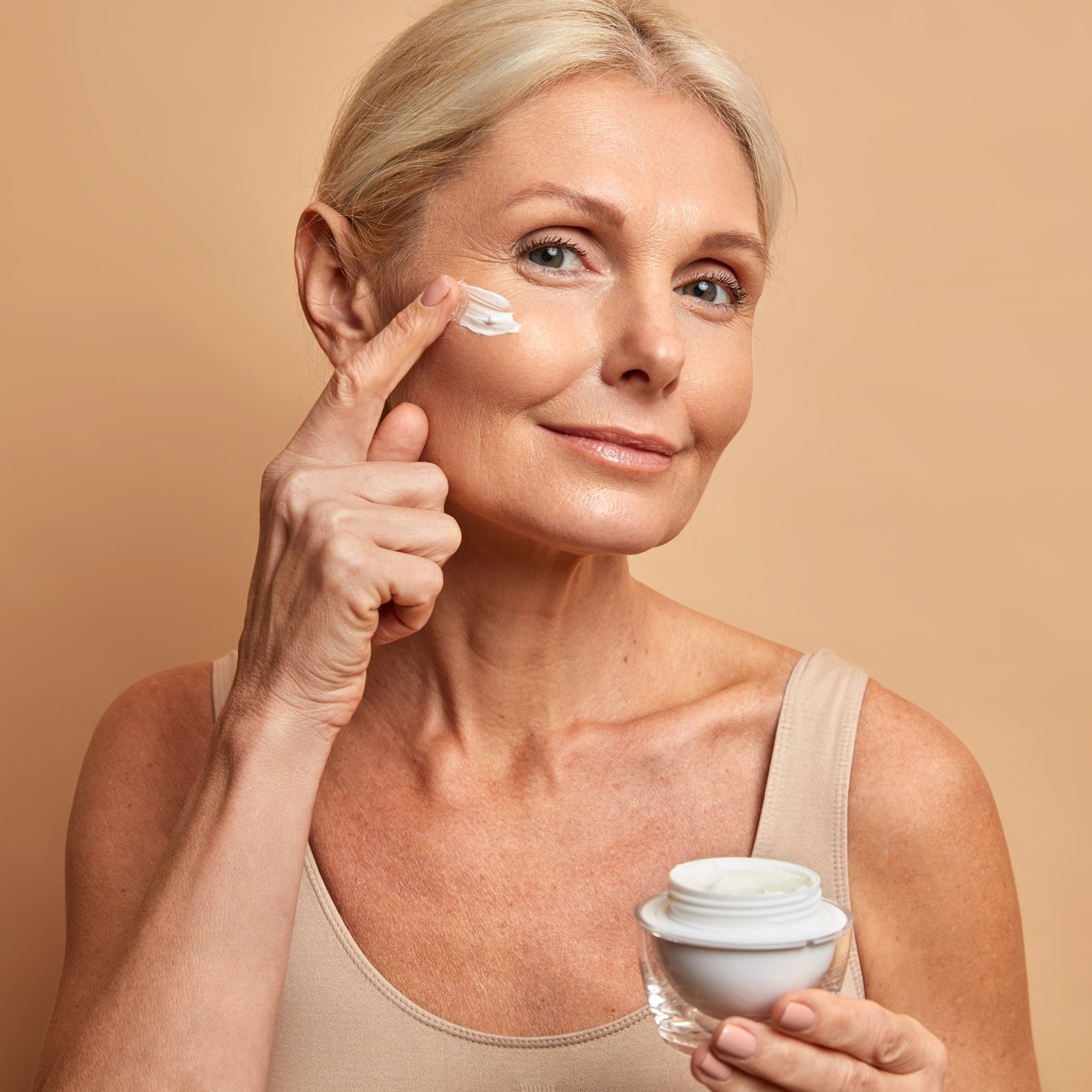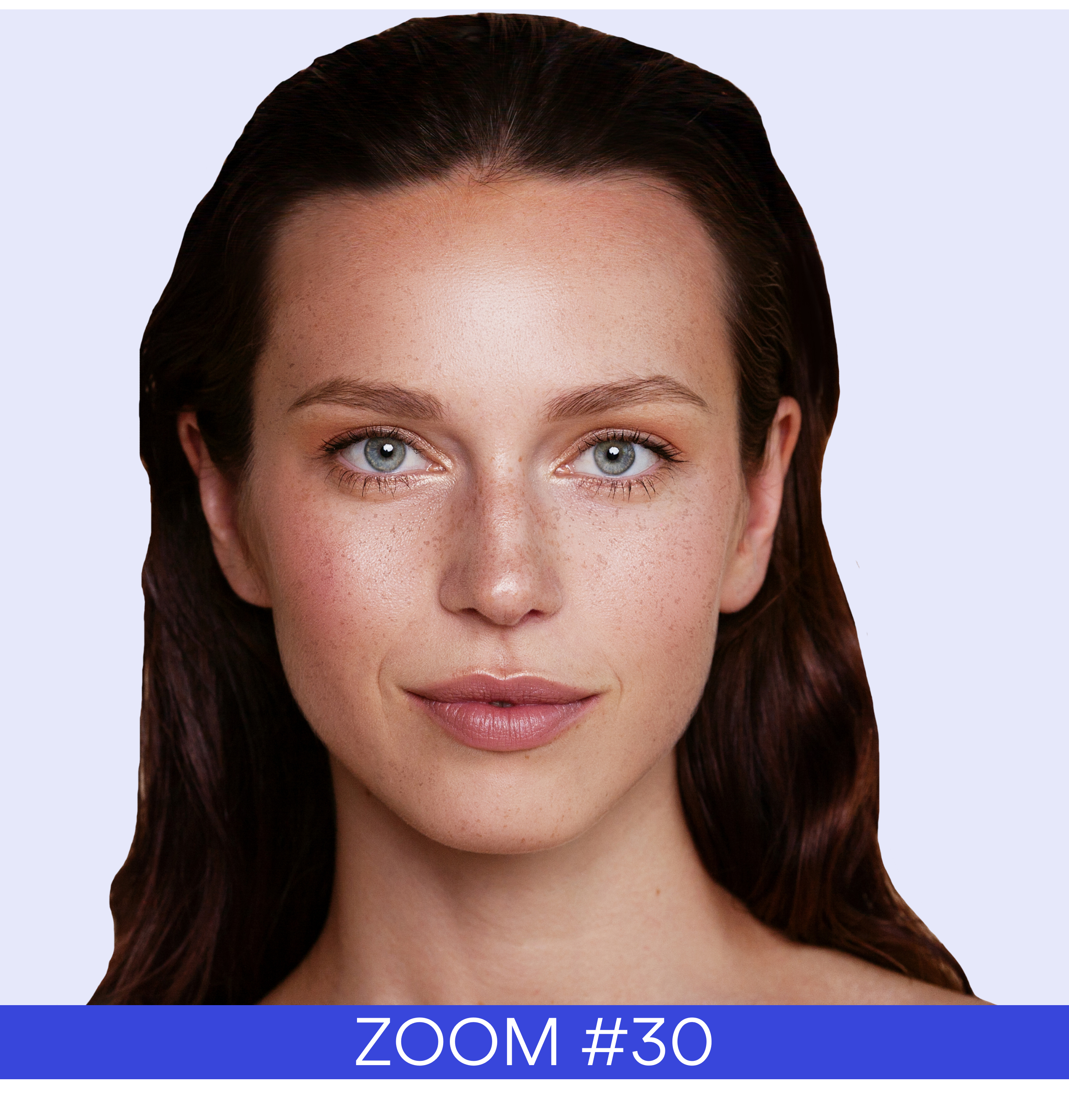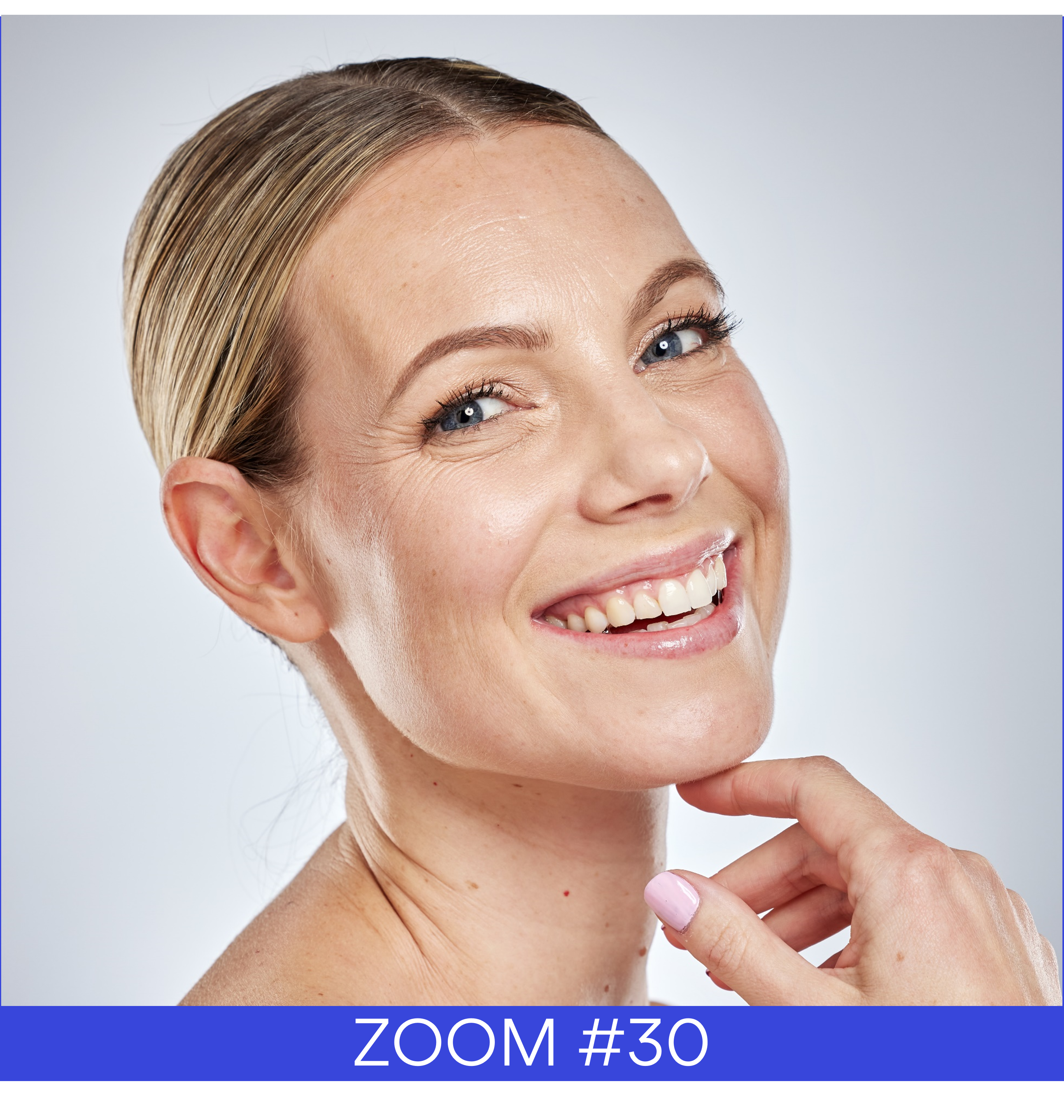How can we clinically assess changes in the skin due to hormonal changes associated with the menopause?
Intrinsic skin ageing correlated with hormonal deficiency, particularly linked to the menopause, is similar to age-related ageing. Its main manifestations are progressive, with great inter-individual variation. The skin changes that appear are a sign of the skin’s hormonal dependence, and can lead to a reduction in self-esteem and well-being.
Extrinsic ageing, which is due to environmental factors often referred to as the exposome – sun, tobacco, alcohol, pollution, diet, sleep, stress – accounts for around 70% of ageing. It modifies genetic capital, but is reversible.
Skinobs summarises the different assessment options.
The signs of skin ageing due to the menopause can be categorised as follows:
- Skin colour and pigmentation: redness, radiance, age spots, evenness and radiance of complexion,
- Skin topography: crow’s feet, furrows, roughness,
- Hydration and NMF (Natural Moisturising Factors): epidermis, dermis, etc.
- Skin structure: density, thickness, epidermal junction, barrier function,
- Volume: slackening of the face, oval of the face, puffiness, eyelids,
- Biomechanical properties: firmness, tone, elasticity, collagen, etc.
Studies on the perception of cutaneous hormonal ageing show that the category of skincare products for menopausal skin is similar to that of skincare products linked to ageing factors, including intrinsic hormonal changes. In addition to the geographical variations in their regulatory status in each country, their performance generally heralds several effects linked to various cellular and biochemical mechanisms (microbiota, keratinocytes, fibroblasts, melanocytes, nerve receptors, etc.).
- Targeted mechanisms of action: hydration, skin relief, collagen, cell communication, dermal-epidermal junction, etc.
- Localised: wrinkles, oval of the face, neck, hands, etc,
- Focused on different skin depths: epidermis, dermo-epidermal junction, dermis, etc.
In addition to their traditional effectiveness on the skin’s surface and structure, skin care products for menopausal skin deliver improvements in emotional well-being and sensorial qualities… The cutaneous signs of ageing continue to be studied in great detail, to provide tangible proof of the product’s performance. The promise is generally a recovery in tissue elasticity, volume and facial shape.

How can “pro-ageing” treatments for skin affected by the hormonal changes linked to the menopause be objectively defined?
If we include the notion of “well-being” in the skincare products on offer, the term “Pro-age” or “plain age” seems more appropriate than “anti-age”, because it takes better account of the condition of the skin as a whole. Numerous pro-ageing performance analysis solutions are available to cosmetics brands to clinically demonstrate the effects of their products via biometrological and scientific measurements.
Identifying the properties of these ‘pro-age’ products is based on a sensorial, sometimes neurosensorial and holistic approach. Feelings and impacts on quality of life are measured. There are 5 main categories of tests available to investigators: consumer tests, sensory or emotional analyses, biometrological studies and clinical scores.
Prospects for the development of evaluation processes
Skin imaging, from the centimetre to the nanometric scale, is becoming increasingly crucial. It enables the various elements and structures of the skin to be measured with great precision: water, lipids, dermal-epidermal junction, extracellular matrix, fibres, etc.
These different high-tech biometrological measurements mean that the technology can be linked to new digital customisation applications, from the boutique to the bathroom. This connection between objectification and the digital way of choosing and buying can bring cosmeticians closer to the reality of marketing. Whether it’s for ageing, radiance, biomechanical properties or hydration, the different techniques provide higher resolution, a wider measurement zone, non-invasive, non-contact and direct methods. Algorithms and statistics will be the key success factors for these new technologies.









 Follow us on Linkedin!
Follow us on Linkedin!
You must be logged in to post a comment.